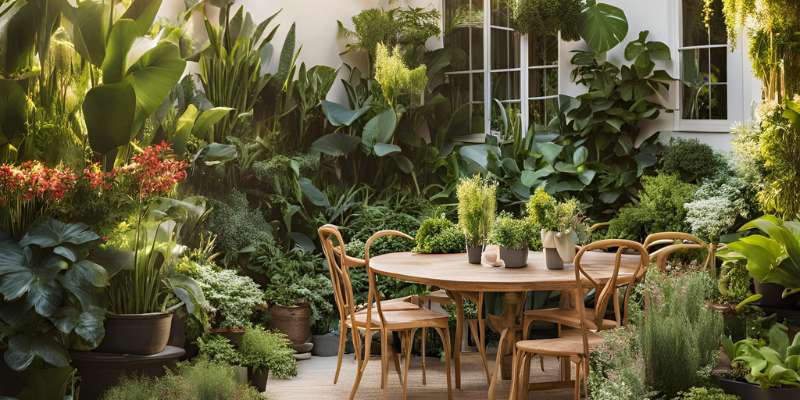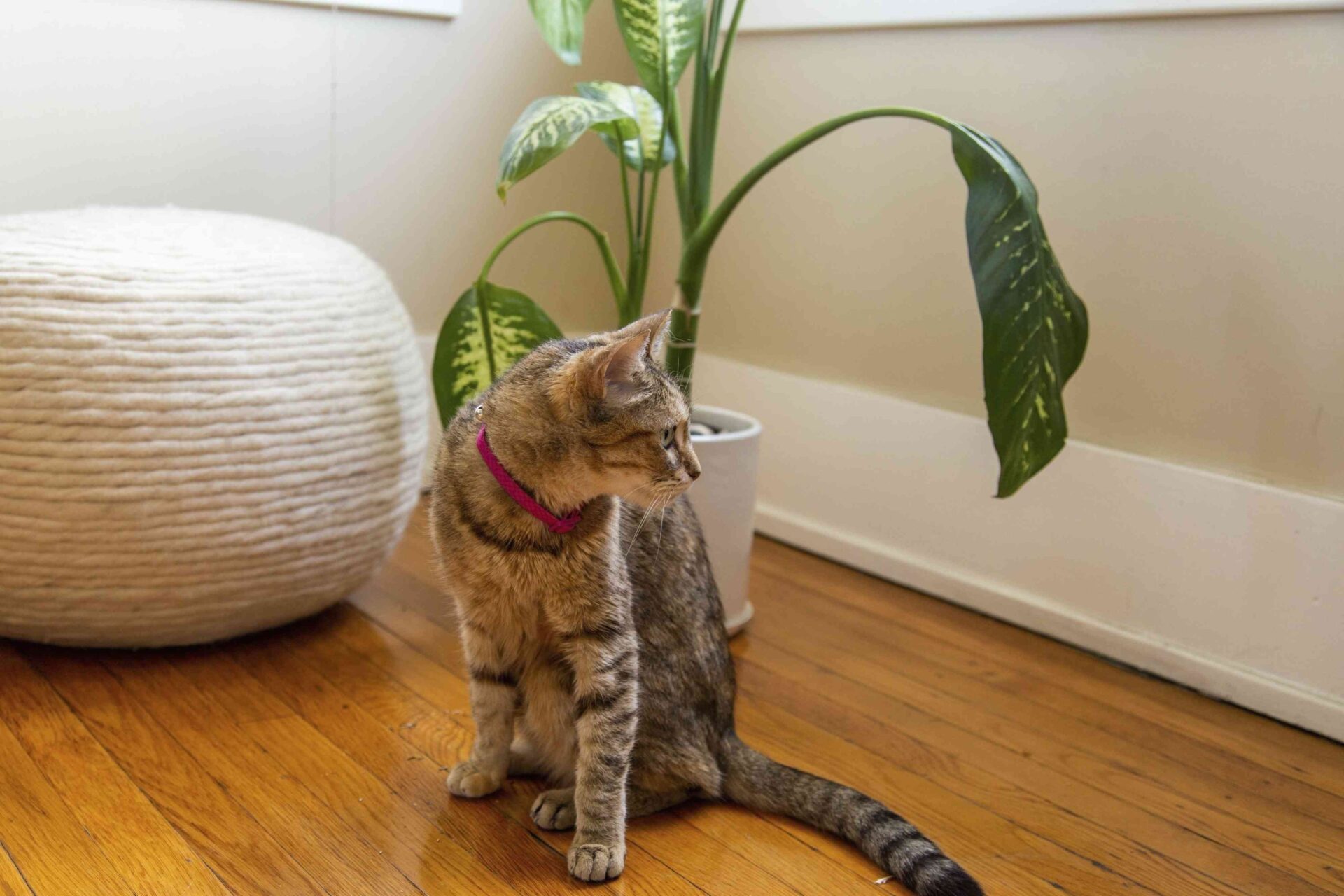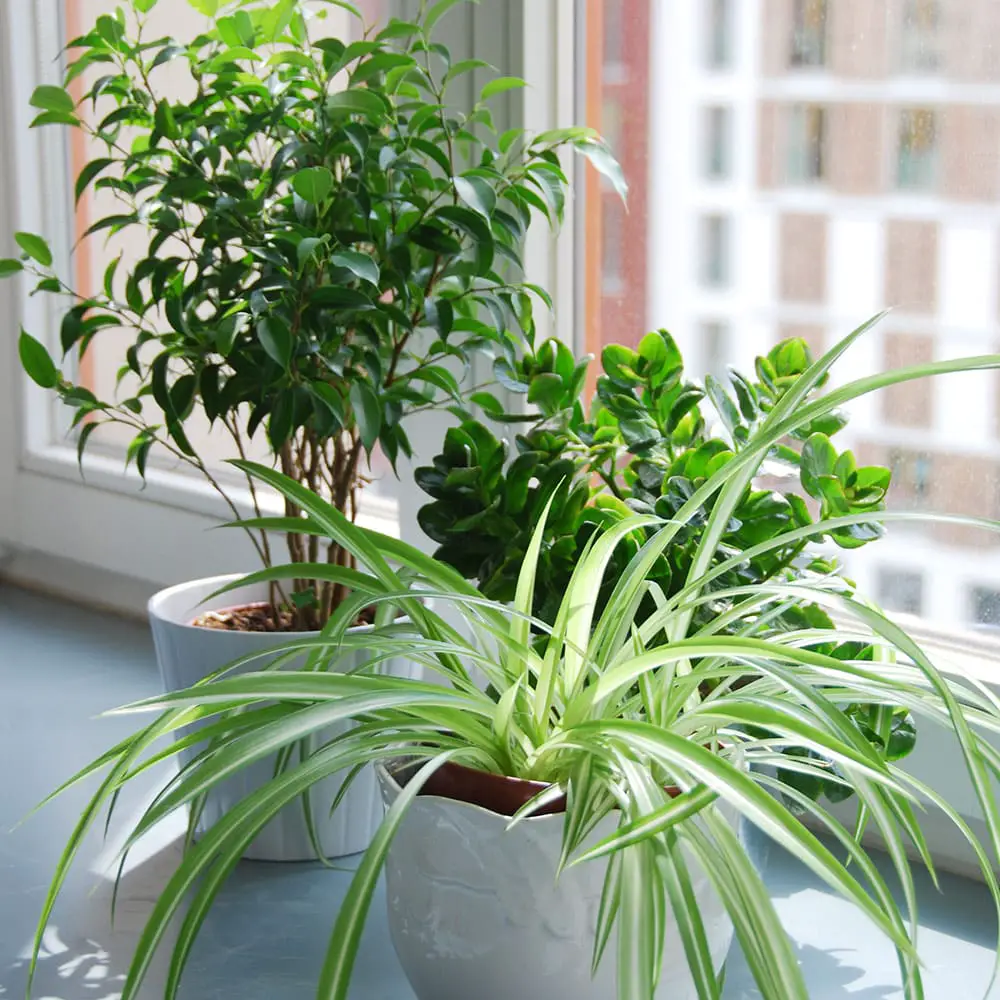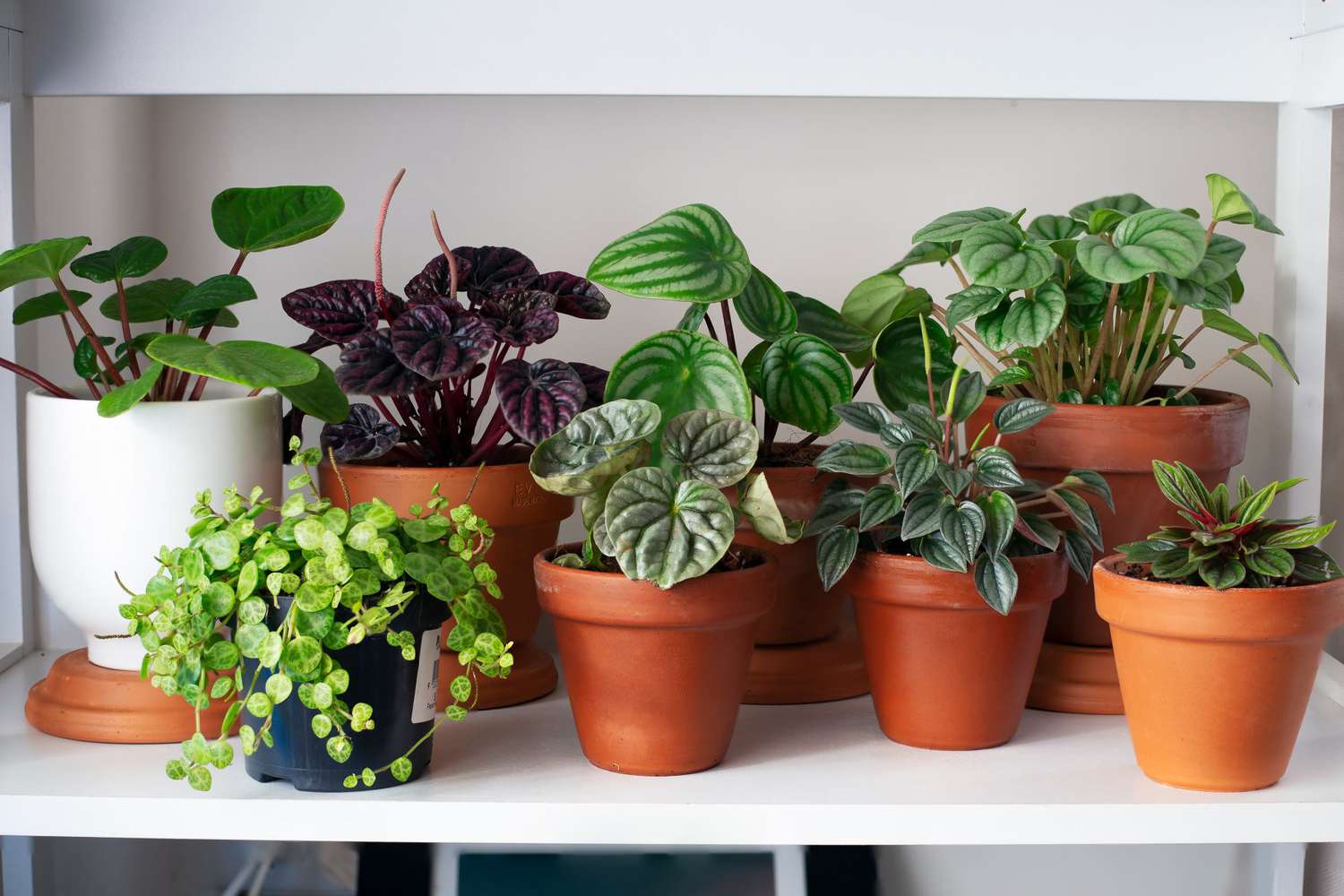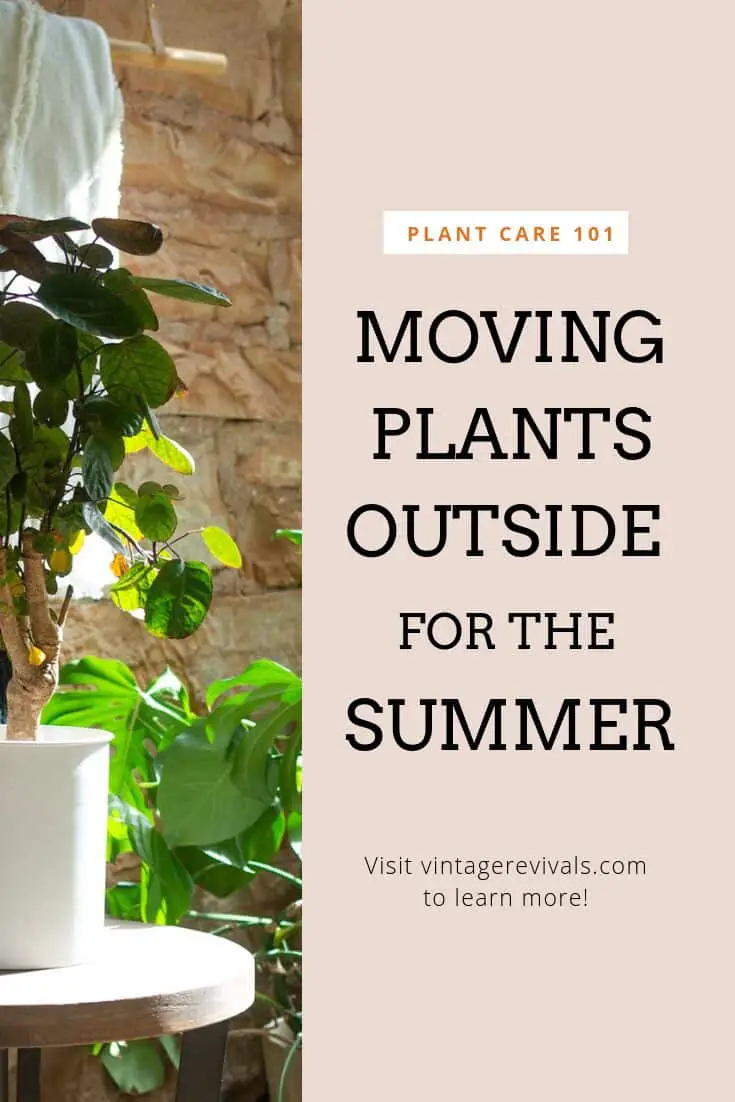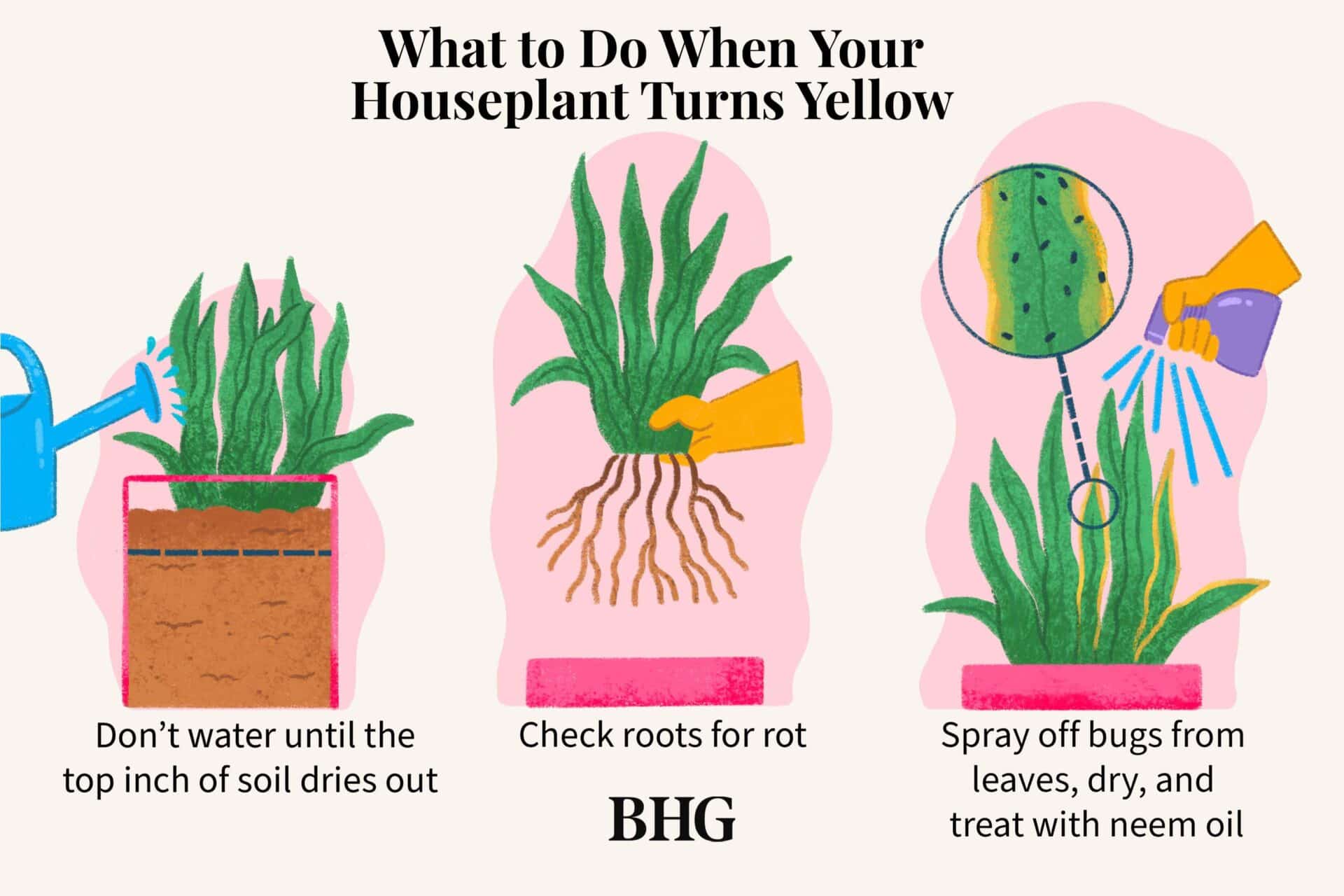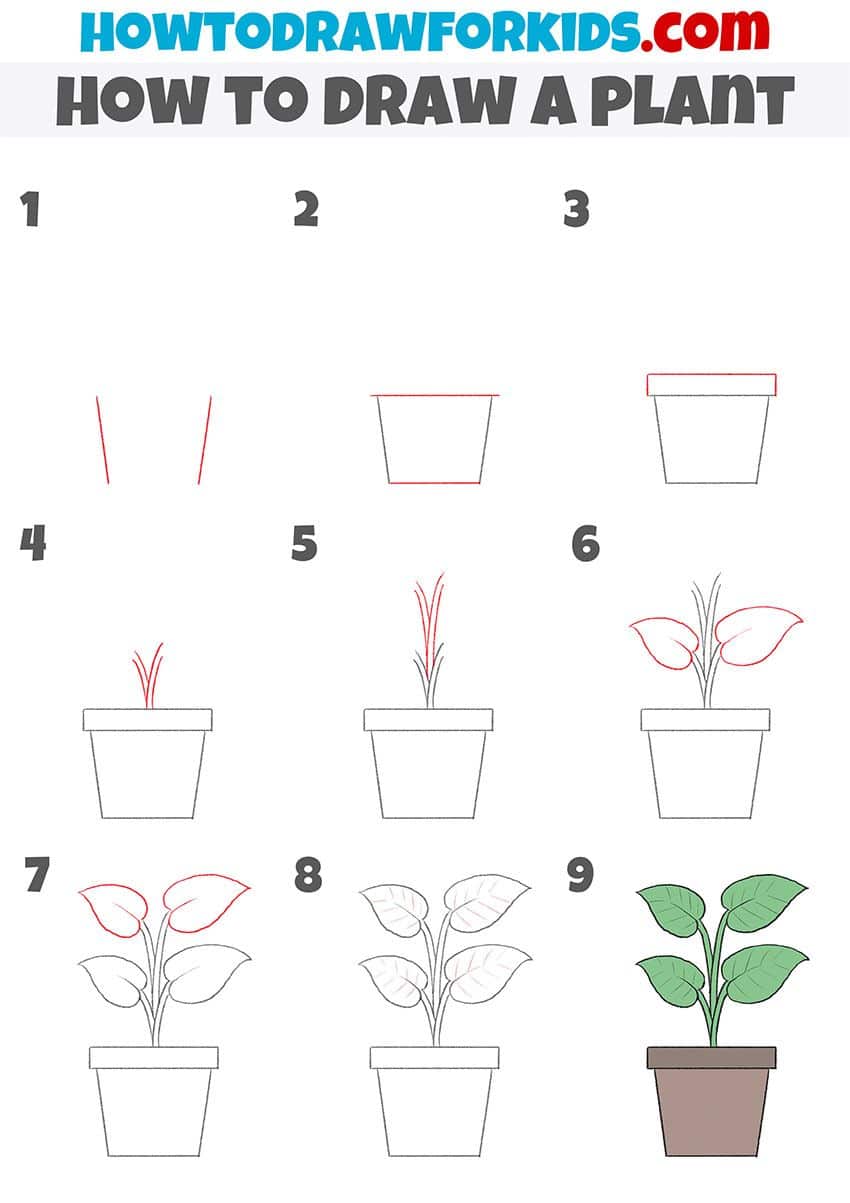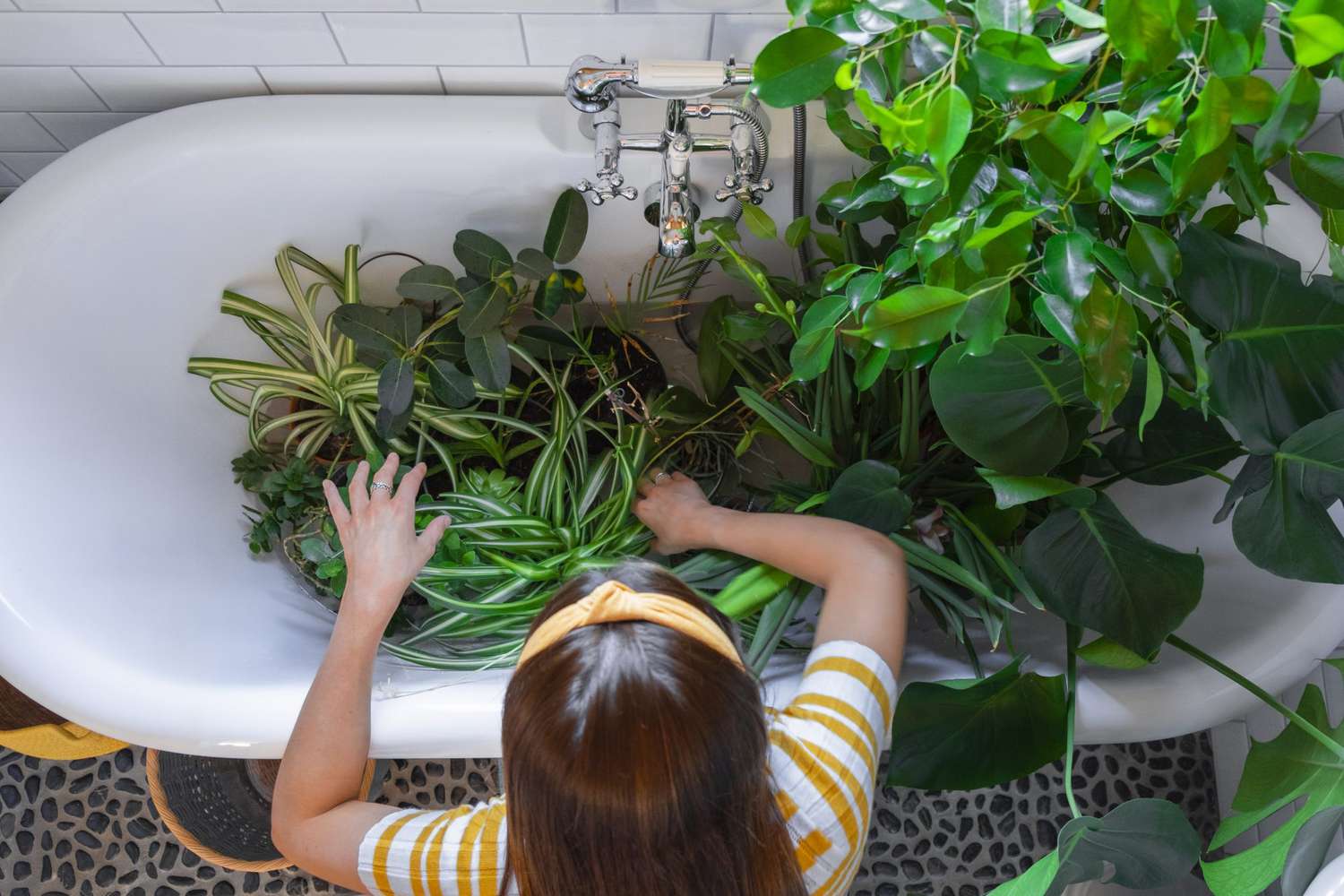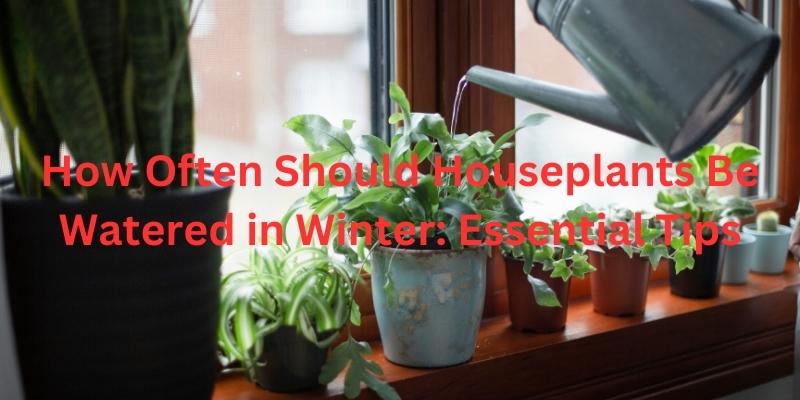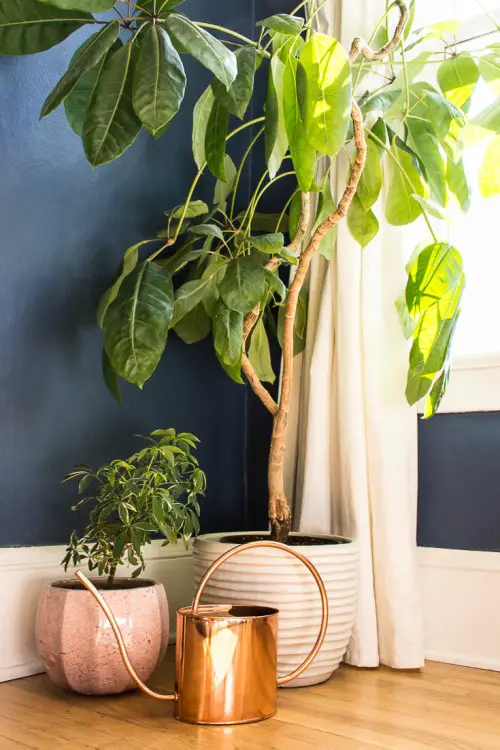Category: Planting
-
When is It Safe to Put Houseplants Outside: Expert Tips
Houseplants can be put outside when nighttime temperatures consistently remain above 55°F (13°C). Gradually introduce them to outdoor conditions to avoid shock. Houseplants thrive indoors, but many benefit from time spent outside. Exposure to fresh air, natural light, and rain can invigorate their growth. Before moving them outdoors, check the weather forecast to ensure stable…
Categories: House Plants -
Which House Plants are Poisonous to Cats: Essential Guide
Lilies, poinsettias, and philodendrons are poisonous to cats. Ingesting these plants can cause serious health issues or even death. House plants can brighten up any living space, but cat owners must be cautious. Many common house plants are toxic to cats. Lilies, for example, are highly dangerous and can cause kidney failure. Poinsettias, often seen…
Categories: House Plants -
What to Do If My House Plant is Dying: Expert Tips & Solutions
First, identify the problem by checking for pests, overwatering, or underwatering. Then, adjust care based on the issue. House plants can brighten up any space, but they require proper care to thrive. Sometimes, despite your best efforts, they may start to wilt or lose their vibrancy. Identifying the underlying issue quickly is crucial to revive…
Categories: House Plants -
How to Fix Moldy Soil in House Plants: Quick & Effective Solutions
To fix moldy soil in house plants, remove the top layer of soil and replace it with fresh, sterile soil. Improve drainage and reduce watering frequency. Moldy soil in house plants can harm both the plants and indoor air quality. Mold thrives in moist, poorly drained soil, which creates an unhealthy environment for plants. Removing…
Categories: House Plants -
What House Plants Can Be Outside in the Summer: Top Picks
Many house plants can thrive outside in the summer, such as ferns, begonias, and spider plants. Ensure they receive appropriate sunlight and water. Summer provides an excellent opportunity to give your indoor plants a taste of the great outdoors. Moving house plants outside can boost their growth and overall health. Ferns, begonias, and spider plants…
Categories: House Plants -
What to Do When House Plant Leaves Turn Yellow: Expert Tips
When house plant leaves turn yellow, check for overwatering or underwatering. Ensure proper light and nutrient levels. House plants add beauty and freshness to any home. Yellow leaves, however, can be a troubling sign. This discoloration often points to issues like incorrect watering, insufficient light, or nutrient deficiencies. Overwatering can suffocate roots, while underwatering can…
Categories: House Plants -
How to Draw a House Plant Step by Step: Easy Guide for Beginners
To draw a house plant, start with a simple pot shape. Then, sketch the plant’s stems and leaves. Drawing a house plant can be an enjoyable and relaxing activity. It allows you to practice your artistic skills while creating something beautiful. Begin by choosing a type of house plant you like. You can opt for…
Categories: House Plants -
Should You Water House Plants from the Bottom?: Expert Tips
Yes, you should water house plants from the bottom. This method ensures even moisture distribution and promotes healthier root growth. Bottom watering involves placing the plant pot in a shallow tray of water, allowing the soil to absorb moisture through drainage holes. This technique prevents overwatering and reduces the risk of fungal diseases. It encourages…
Categories: House Plants -
How Often Do House Plants Need to Be Watered: Essential Guide
House plants typically need to be watered every 1-2 weeks. Watering frequency depends on the plant type and environmental conditions. House plants bring life and beauty to indoor spaces, but they require proper care to thrive. One crucial aspect of plant care is watering. The frequency of watering can vary based on several factors, including…
Categories: House Plants -
How to Tell If an Indoor Plant Needs Water: Expert Tips
Check the soil moisture by inserting your finger about an inch deep. If the soil feels dry, the plant needs water. Properly watering indoor plants is crucial for their health and growth. Overwatering or underwatering can harm plants and stunt their development. Knowing the right time to water ensures they receive the right amount of…
Categories: House Plants

